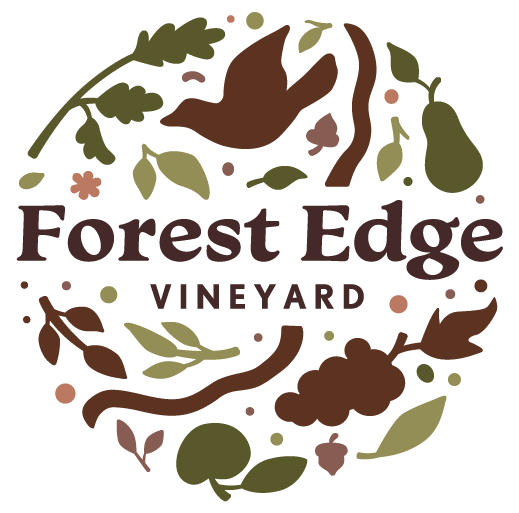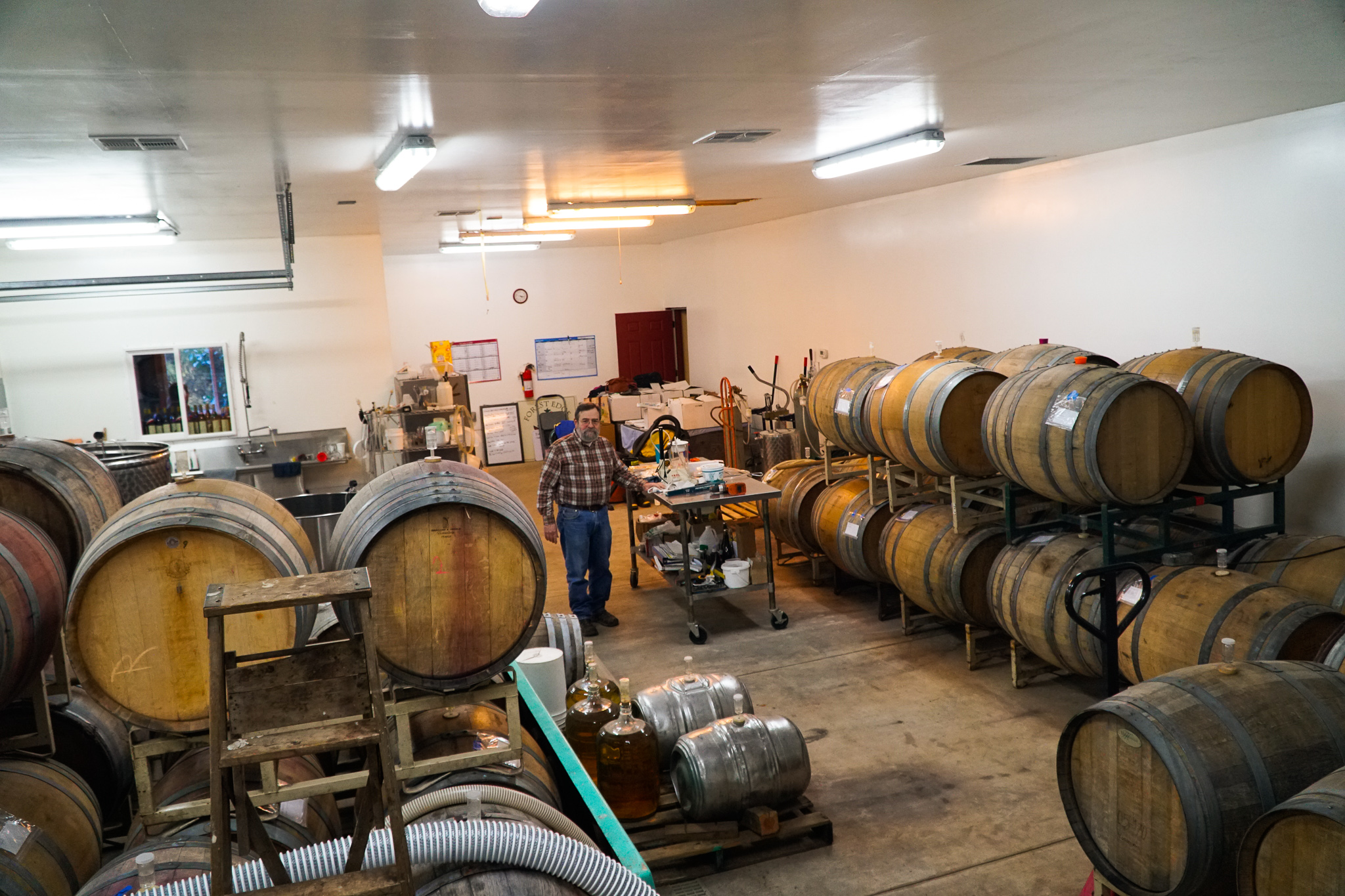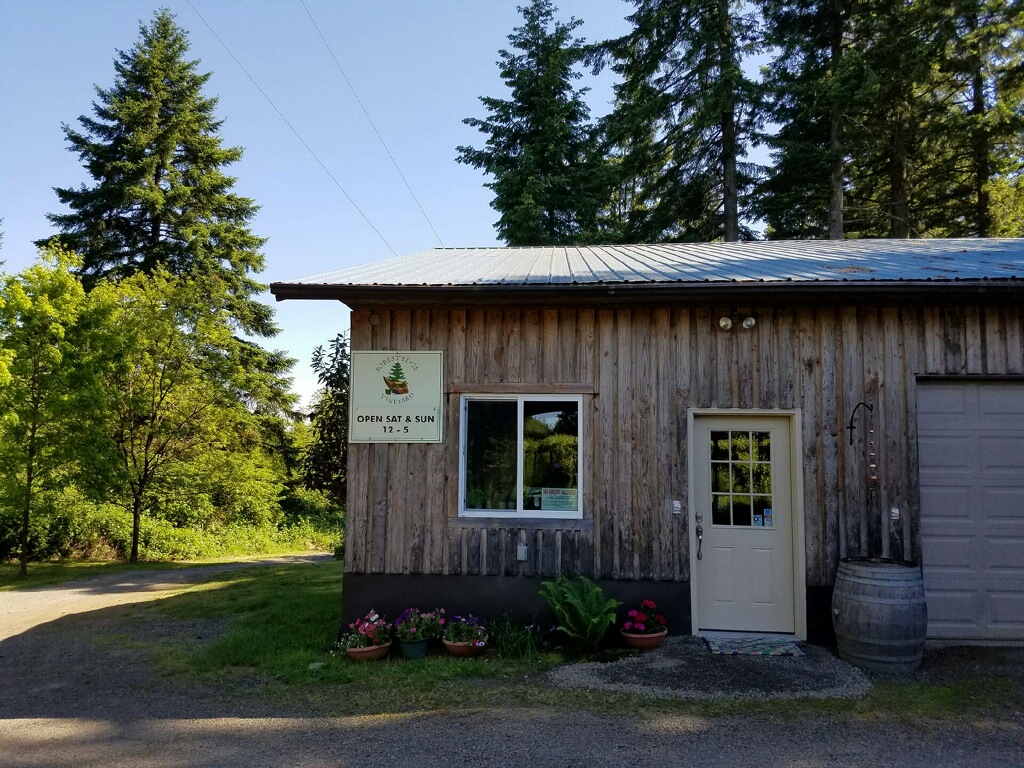Permaculture
a brief primer on ecological winemaking
In the late 1970’s, Ron rediscovered a love for gardening and completed Master Gardner training through OSU. Not long after, he participated in the first full-scale Permaculture design course in north America. While not exactly a household term, Permaculture approaches to agricultural design have become more widespread in recent years.
Permaculture means “Permanent Agriculture,” and it is the conscious design and maintenance of agriculturally productive ecosystems which have the diversity, stability, and resilience of natural ecosystems. It is the harmonious integration of landscape and people providing their food, energy, shelter, and other material and non-material needs in a sustainable way. Without permanent agriculture there is no possibility of a stable social order.
The Permaculture philosophy is one of working with, rather than against nature; of protracted and thoughtful observation implemented by thoughtful and protracted action, rather than protracted and thoughtless action; of looking at systems in all their functions, rather than asking only one yield of them; and of allowing systems to demonstrate their own evolution.
Sustainable Systems
Over 30 years of ecological design and stewardship
Right now sustainability is in and many businesses are late to the game and trying to cash in on the trend by using green language, which doesn’t always match up to the reality. Sustainability wasn’t a later add on to Forest Edge Vineyard. Ron and Jan have built their winery and managed their 7 acres of vineyard and 36 acres of forest with sustainability in mind from day one.
Eco-Building
Nearly every building on-site at Forest Edge Vineyard has been built with lumber milled onsite from the sustainably managed forest. Especially notable is the Winery itself. We are working with the Carbon Neutral Challenge guidelines for the Oregon Wine Industry to further reduce our carbon footprint
The Winery
Built to provide a casual tasting environment for customers and facilitate the small-batch estate wine operation, Forest Edge’s Winery sits nestled amidst the forest out of which it was made.
The winery was mostly built using lumber we milled ourselves from the leftovers of forest thinning/harvesting activities. We used soy-based insulation and a 16 SEER heat pump system to heat and cool the winery.
The Dome
Our home is a geodesic dome constructed and designed to be heated using passive solar techniques. The main window is south facing, allowing extra sun in the winter. In summer, the window is shaded by kiwi, which helps to cool our home. Our alternative heat source is wood, which we grow and process here.
The Vineyard and Winemaking
Forest Edge Vineyard is as it sounds. The vineyard is planted on the edge of the forest, making for a diverse and nutrient rich environment. In addition to using Organic methods in the vineyard and orchard to help us grow sustainably, we try to minimize inputs wherever possible throughout the winemaking process. When we do need to intervene, we try to use winemaking products that are OMRI (Organic Materials Review Institute) listed. We also use (and reuse) neutral oak barrels—for among other reasons—to reduce our impact on oak forests. The wine labels are printed on recycled paper and the ink and adhesive are both “green” products.
We’ve chosen to use corks, because they are a renewable resource. To extend the lifecycle of our natural corks, we partner with corkreharvest.org, which is a program for recycling used natural wine corks. The wine shippers we use—Vintner’s Choice are made from 100% recycled paper (minimum 99% post-consumer). . We also take our wine bottles back, so we can reuse them and thereby reduce our carbon footprint.






